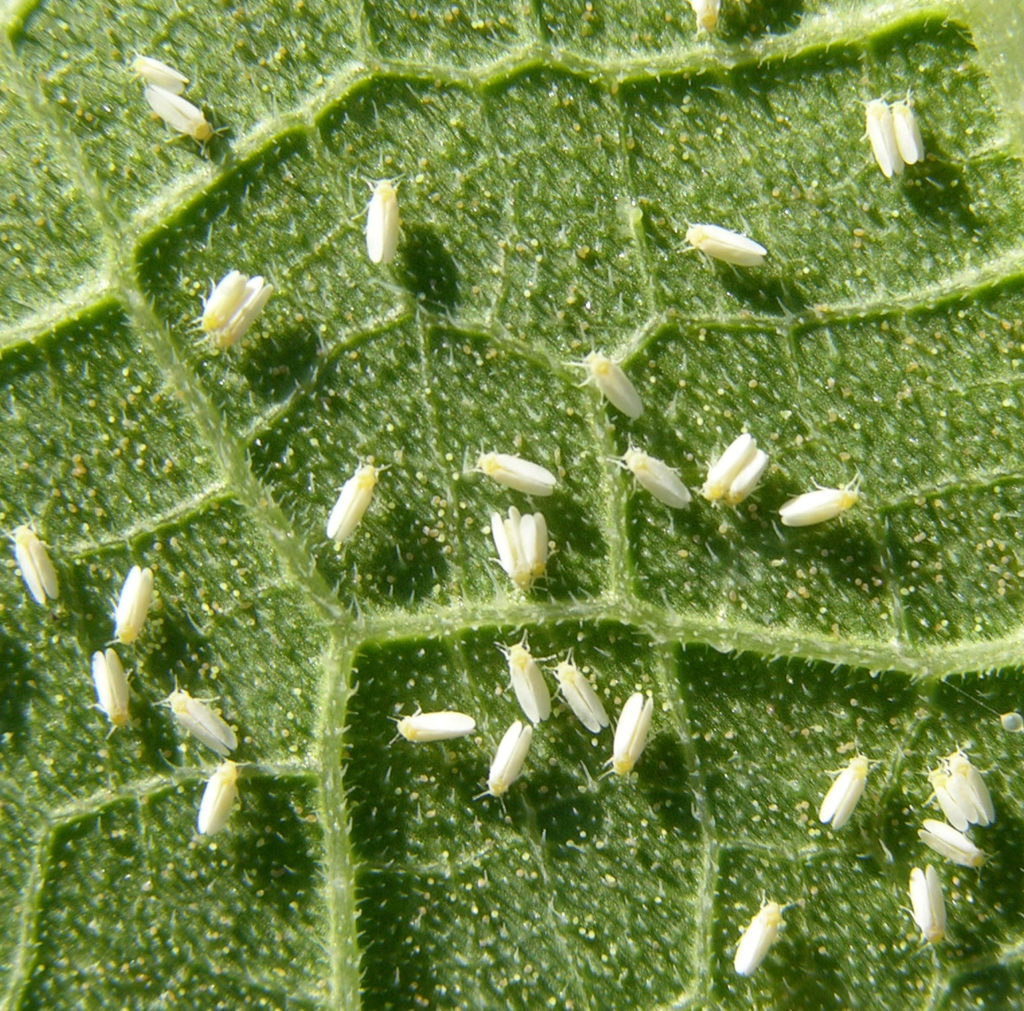By Clint Thompson
Now should be the normal time that vegetable growers would be observing whiteflies across the Southeast region. So far, knock on wood, that hasn’t been the case.

Population numbers remain low, according to Stormy Sparks, University of Georgia (UGA) Cooperative Extension vegetable entomologist
“Normally, under these type of conditions, we start watching whiteflies a lot closer. But they’re really low,” said Sparks, who believes multiple days of sub-freezing temperatures last December helped kill off plants that serve as hosts for whiteflies. “I think we really knocked them back pretty good at Christmas time. It’s just going to take them a while to recover, so we’ll see what happens. They’re still pretty low right now. I’m not aware of any issues anywhere, which normally we’ll have some individual fields that already have populations that are noticeable.
“The spring will give us an idea of where we’re headed. A lot of things can happen between now and then that will make it worse or make it better. The weather has been very favorable for them, but they just haven’t developed because they got knocked back so far during the winter.”
Whiteflies migrate from winter vegetables to spring vegetables to agronomic crops, like cotton, to fall vegetables and back to winter vegetables.
When whiteflies feed on plants, they can cause irregular ripening of the fruit or secrete honeydew, offering a path for the growth of sooty mold or saprophytic fungi, which eat decaying organic material. However, the viruses that whiteflies transmit, like cucurbit leaf crumple virus and tomato yellow leaf curl virus, can devastate a crop. These viruses cause severe symptoms on infected plants: yellowing of leaves, leaf crumpling, plant stunting and overall plant decline.
Vegetables like squash, zucchini, cucumber and snap beans are susceptible to viruses transmitted by whiteflies.









